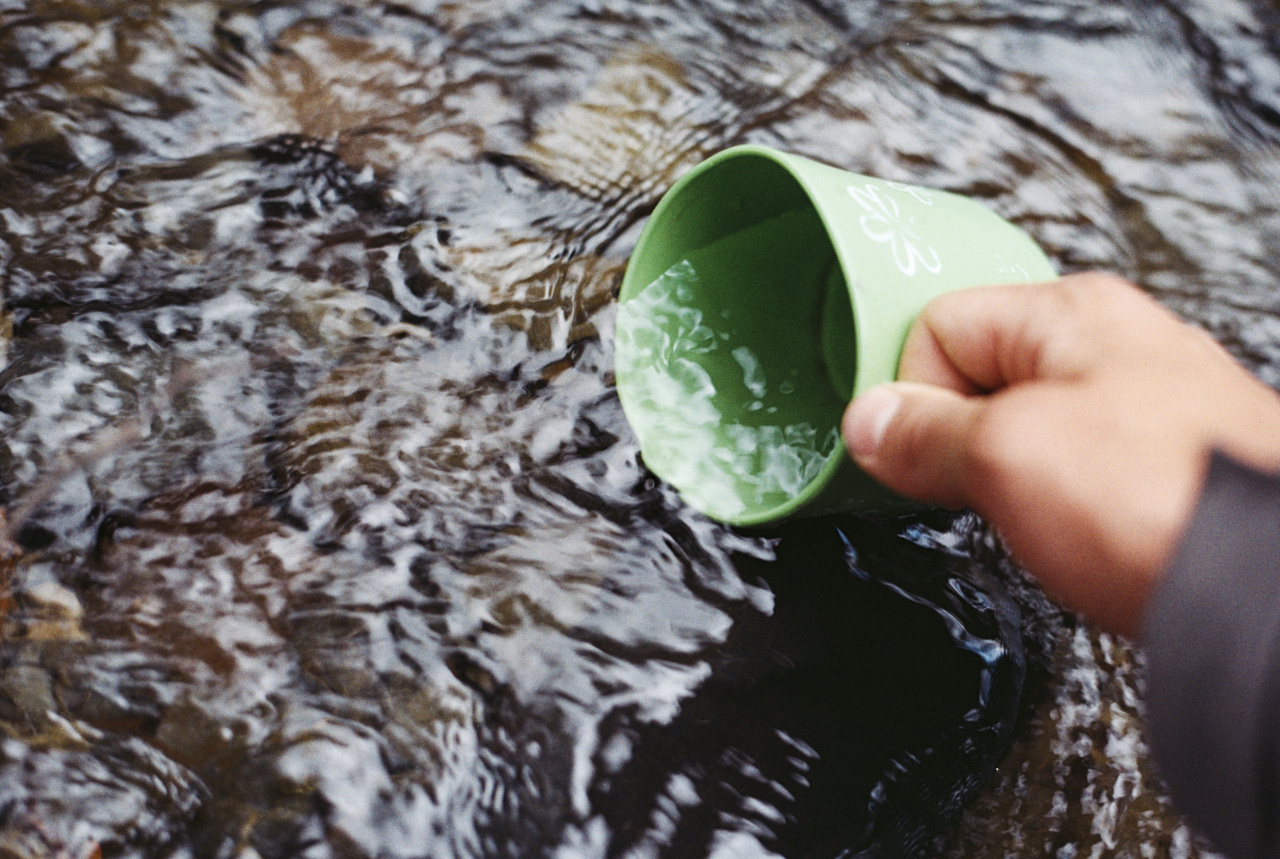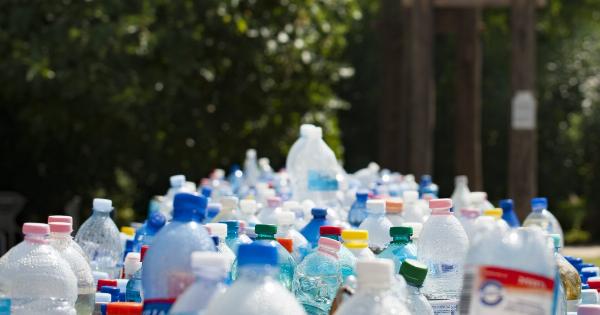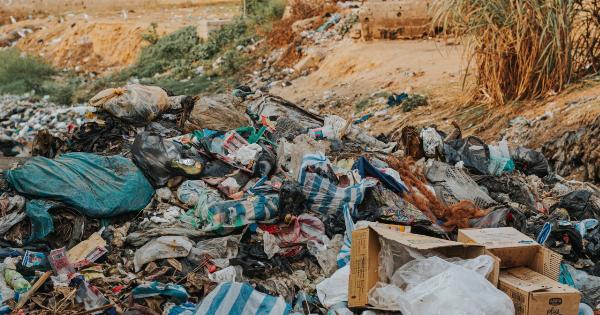Water is one of the essential elements for life, and it’s essential to have clean drinking water to maintain a healthy life.
When we consume impure or contaminated drinking water, we put ourselves at risk of contracting various waterborne diseases. With increasing population, rapid industrialization, and urbanization, the world is facing a water crisis, which further emphasizes the need for clean drinking water.
In this article, we will explore why clean drinking water is vital for a healthier future and the measures we can adopt to ensure its availability.
The Importance of Clean Drinking Water
Clean drinking water is essential for maintaining the overall health of an individual. The human body is composed of 60% water, and it plays a crucial role in various bodily functions.
Access to clean drinking water is crucial for preventing water-borne diseases such as cholera, typhoid, and diarrhea, which cause millions of deaths worldwide. Moreover, contaminated water contains various pollutants such as pesticides and heavy metals that can cause long-term health problems such as cancer, reproductive problems, and neurological disorders.
Furthermore, clean drinking water is crucial for maintaining hygiene and sanitation, which is essential for preventing the spread of infectious diseases such as COVID-19.
The World Health Organization (WHO) recommends that individuals should have access to at least 20 liters of clean drinking water per day for drinking, cooking, and personal hygiene purposes.
The Global Water Crisis
The world is facing a water crisis due to multiple reasons such as increasing population, climate change, and rapid industrialization.
According to the United Nations, nearly 2.2 billion people lack access to safe drinking water, and approximately 4.2 billion people lack access to proper sanitation facilities. This disparity is mostly prevalent in developing countries, where water scarcity is a significant issue. Moreover, according to the World Bank, water scarcity and poor water quality affect the livelihoods of approximately 40% of the global population.
Solutions for Ensuring Clean Drinking Water
Tackling the global water crisis requires concerted efforts from individuals, governments, non-profit organizations, and the private sector. Here are some of the solutions that can help ensure access to clean drinking water:.
: Investing in water treatment infrastructure
Municipalities and governments should invest in water treatment infrastructure to ensure clean drinking water for the population.
This includes technologies such as reverse osmosis, distillation, and chlorination, which can remove contaminants and purify water. Moreover, individuals can invest in home water purification systems that use technologies such as activated carbon or ultraviolet light to purify water.
: Rainwater harvesting
Rainwater harvesting is the process of collecting and storing rainwater for later use. It is a cost-effective and sustainable method of ensuring access to clean drinking water, particularly in areas with water scarcity.
Governments can incentivize citizens to adopt rainwater harvesting by providing subsidies or tax breaks.
: Water conservation
Conserving water can help reduce the strain on the existing water resources and ensure its availability for future generations.
Individuals can adopt simple measures such as fixing leaks, using low-flow showerheads, and avoiding water-intensive activities such as watering lawns. Governments can also promote water conservation by implementing policies and regulations that promote water-efficient appliances and practices.
: Water recycling
Water recycling is the process of treating wastewater and reusing it for non-potable purposes such as irrigation and industrial processes.
It is an effective way of reducing the demand for fresh water and easing the pressure on the existing water resources. Governments and industries can adopt water recycling practices to conserve water and ensure its availability in water-scarce regions.
The Role of Technology in Ensuring Clean Drinking Water
The advent of new technologies has made it possible to purify water at a large scale and ensure its availability for the population. Here are some of the technologies that can help in ensuring access to clean drinking water:.
: Membrane filtration
Membrane filtration is a technology that uses a semi-permeable membrane to remove impurities and contaminants from water. It is widely used in municipal water treatment plants and can effectively remove bacteria, viruses, and chemicals from water.
: Nanotechnology
Nanotechnology involves the use of nanoscale materials and processes to remove impurities from water and make it potable.
It is a promising technology that can help solve the global water crisis by providing access to clean drinking water at a low cost.
: Solar stills
Solar stills use solar energy to purify water and make it potable. It is a low-cost technology that can be used in remote areas that lack access to electricity and water treatment infrastructure.
Conclusion
Clean drinking water is essential for a healthier future and is a basic human right. While the world is facing a water crisis, there are solutions available that can help ensure access to clean drinking water.
It requires concerted efforts from individuals, governments, non-profit organizations, and the private sector to make it a reality. Adopting sustainable practices, investing in water treatment infrastructure, and promoting water conservation can ensure access to clean drinking water and contribute to a healthier and sustainable future for all.































